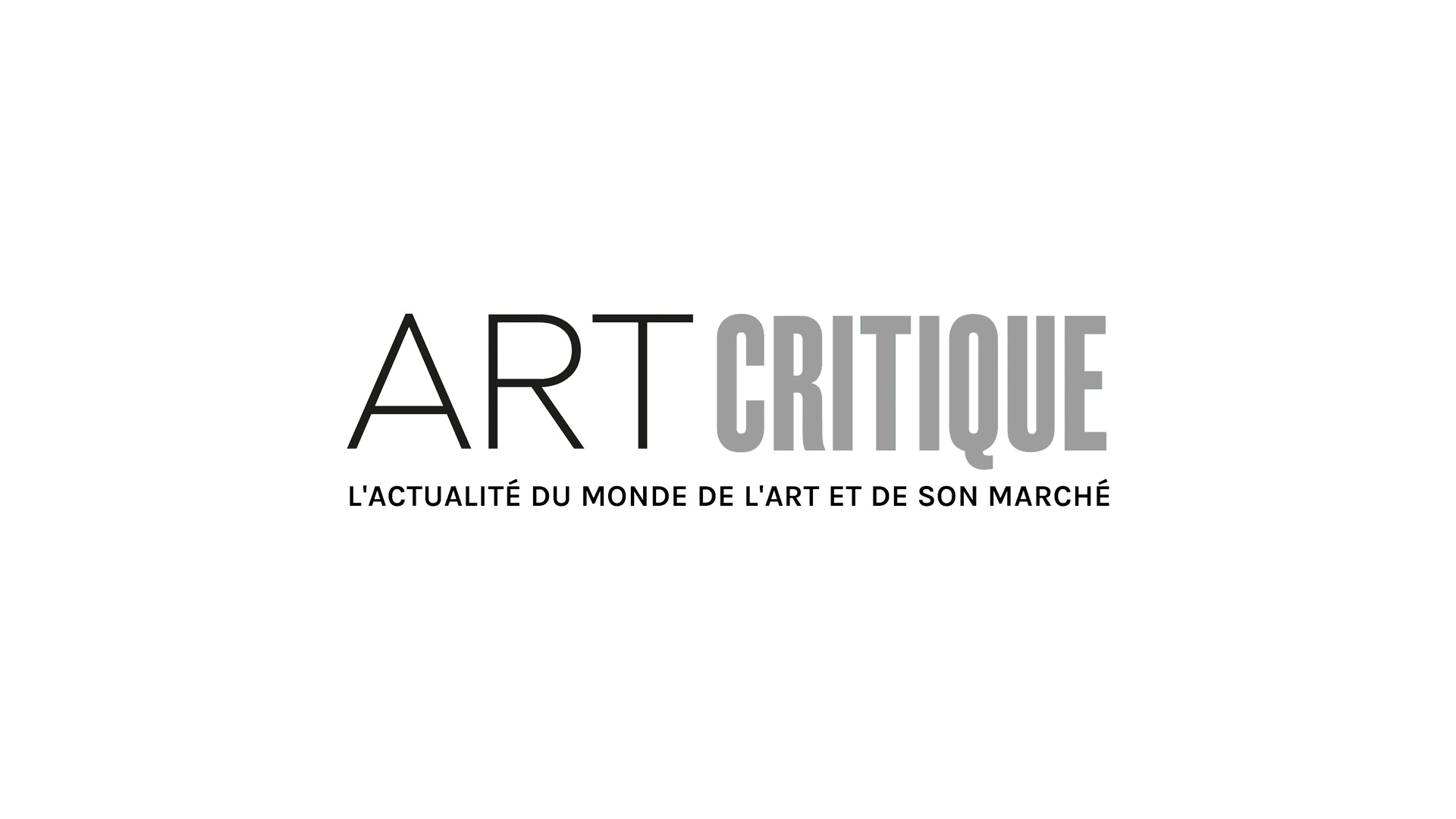Amidst the tourists snapping selfies, dozens of large screens boasting advertisements of every type, and the people dressed up as various superheroes around Times Square, you’ll find a large-scale sculpture. Upon first glance, it looks like a traditional war monument: a man commands a rearing stallion, cast in bronze, atop a stone plinth. However, take a closer look and you’ll see this sculpture, by artist Kehinde Wiley, is not your usual statue.
Titled Rumors of War, the man in the bronze is an African-American man wearing trendy ripped jeans and a hoodie with his dreads tied in a top-knot as he looks back over his shoulder. The horse he rides could be from most any painting or monument meant to show someone’s military prowess and power. For this particular sculpture, Wiley drew inspiration from a series of monuments that were meant to do just that in Richmond, Virginia that portray leaders of the Confederate Army from the US Civil War.

For Wiley, visiting Richmond made him want to change the narrative, or perhaps add to the narrative. Seeing monument after monument of men who were so unlike himself, Wiley recalled a sense of fear as he walked the city’s streets. ‘Today,’ said Wiley when the statue was unveiled in Times Square in September, ‘we say yes to something that looks like us. We say yes to inclusivity. We say yes to broader notions of what it means to be an American.’
Rumors of War is by far one of Wiley’s largest works to date. Clocking in at 16-feet wide and 27-feet tall, the statue looms over onlookers in Times Square. After this weekend, though, Rumors of War will head to its permanent home in front of the Virginia Museum of Fine Arts (VMFA) in Richmond where it will be only a few streets away from those Confederate monuments in which Wiley found inspiration. The sculpture was supported by the VMFA, the Times Square Alliance’s Times Square Art initiative, and Sean Kelly, Wiley’s gallerist. Rumors of War is also the first public artwork by Wiley, who is now in his early 40s.

Based in New York, Wiley is perhaps best-known for his portraiture in which he paints naturalistic figures against unusual, vibrant, patterned backgrounds. In 2018, he was asked to create the official portrait of then US president Barack Obama, which now hangs in the National Portrait Gallery in Washington, DC. Earlier this year, he announced his plans to launch an artist residency programme in Dakar to support up-and-coming artists. For a few more weeks, a special exhibition showing Wiley’s Napoleon leading the Army over the Alps (2005) alongside Jacques-Louis David’s Napoleon Crossing the Alps from the 19th century will be on view at the Château de Malmaison. Those works will then move to the Brooklyn Museum early next year. While Rumors of War will have moved onto its Richmond location by then, the statue and the painting, inspired by David, both show how Wiley is using traditional artistic practices to highlight those who have traditionally been marginalized.





